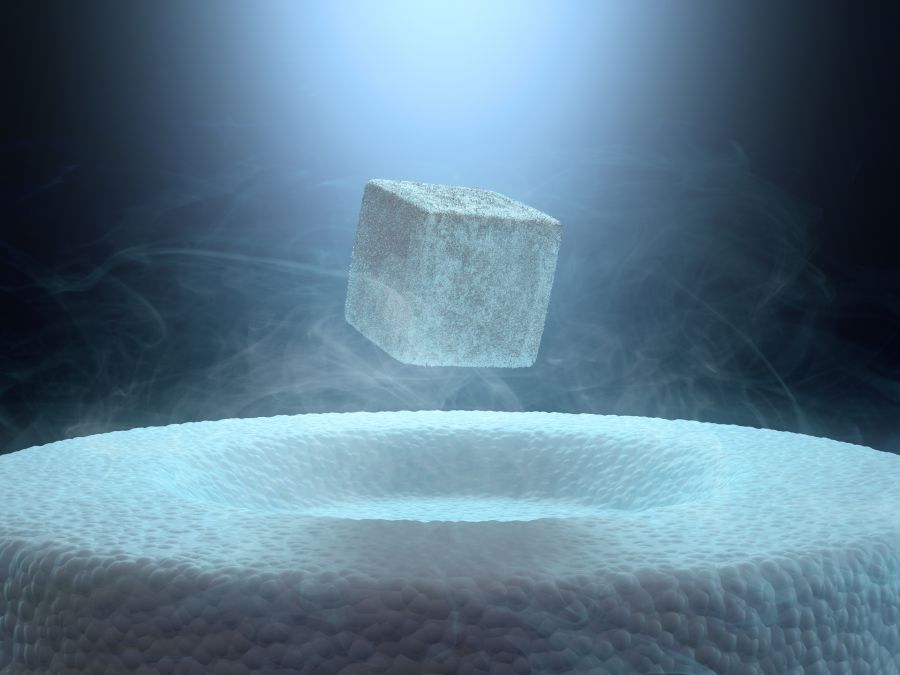EPJ B Highlight - When crystal vibrations‘ inner clock drives superconductivity
- Details
- Published on 09 November 2016

Tweaking equations to drive greater superconductivity-inducing crystal vibrations proves theoretical possibility of creating higher temperature superconductors
Superconductivity is like an Eldorado for electrons, as they flow without resistance through a conductor. However, it only occurs below a very low critical temperature. Physicists now believe they can enhance superconductivity - the idea is to externally drive its underlying physical phenomena by changing how ions vibrating in the crystal lattice of the conductor material, called phonons, interact with electron flowing in the material. Andreas Komnik from the University of Heidelberg and Michael Thorwart from the University of Hamburg, Germany, adapted the simplest theory of superconductivity to reflect the consequences of externally driving the occurrence of phonons. Their main result, published in EPJ B, is a simple formula explaining how it is theoretically possible to raise the critical temperature using phonon driving.
The authors studied the all-important autocorrelation function of phonons in the superconductivity BCS theory, named after John Bardeen, Leon Cooper and John Robert Schrieffer. Superconductivity is induced by phonons cooperating to bring the electrons together in the so-called Cooper pairs - against their spontaneous tendancy to repel each other. In this work, the authors focused on the scenario of an X-ray light field rattling the phonons. They realised that a kind of driving, which controls the frequency of vibration of the lattice sites, can profoundly change the pairing of the electrons.
However, electrons and phonons do not follow the same internal clock. This means that change at what is perceived as a normal pace for phonons comes across as extremely slow to electrons. To eliminate this discrepancy, the author devised a solution based on bringing a clever time-averaging procedure into the BCS equations. This theoretical approach, the authors found, reveals the controlled elevation of the critical temperature. They thus managed to integrate the external phonon drive into the standard BCS theory. The advantge is that the critical temperature can be computed from this simple formula and can, in theory, be considerably elevated using the driving procedure. Suprisingly, the critical temperature was even higher up when further refinment to the equations accounted for phonon-phonon interactions.
A. Komnik and M. Thorwart (2016), BCS theory of driven superconductivity, Eur. Phys. J. B 89:244, DOI: 10.1140/epjb/e2016-70528-1




